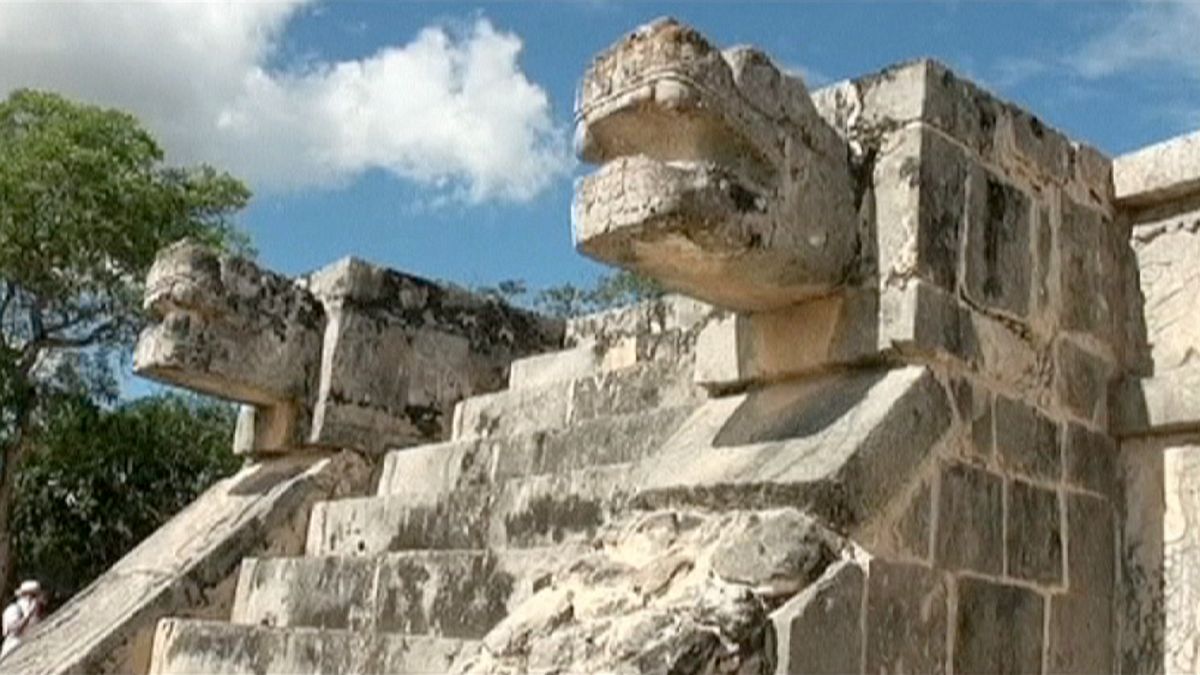A group of scientists from the Autonomous University of Mexico has discovered a sacred sinkhole cave, known as a cenote, under Chichen Itza’s grand
A group of scientists from the Autonomous University of Mexico has discovered a sacred sinkhole cave, known as a cenote, under Chichen Itza’s grand Kukulkan Castle Pyramid, which could shed new light on the ancient Maya civilisation.
According to scientists, the body of water measures up to 35 metres across and has a depth of over 20 metres.
“Remember what happened in the middle of the limestone, where we can have caverns, a subterranean river. It’s very possible that the pyramid is sitting on top of a cenote,” said scientist, Rene Chavez.
Mexico’s Kukulkan pyramid is one of the new seven wonders of the ancient world, renowned for its perfect astronomical geometry.
Denisse Argote from Mexico’s National Anthropology and History Institute said the discovery of the cenote could provides new insights into why the pyramid was built at this site in the Yucatan peninsula.
“We know that in caustic areas, its surroundings have subterranean waters. So, taking into account the concept of the maternal womb, the origins of life and water which is the original of life, we have a double meaning which is very significant. Therefore, taking all these concepts into account we link it with a step to the sky in magical and religious thinking,” said Argote.
The base of the pyramid dates back to the pre-Hispanic age but the structure is believed to have been built over various time periods.
The next phase of the project is to place the electrodes on the pyramid structure to make a map of its interior to date its construction periods.
“The second part is lighting up the castle pyramid. Now, we’re going to put the detectors that are on the ground in different areas of the Kukulkan pyramid to illuminate the interior of the pyramid. The final objective is to determine possible construction periods,” added Chavez.
The powerful Mayan empire reached its height, known as its classic period, between approximately 250 CE and 950 CE. It extended its reach into what is now Guatemala, Honduras and western El Salvador.
Peaking in the eighth century with a population of some 15 million people, the advanced ancient empire mapped out a precise calendar and astronomical movements.
Today, the abandoned Mayan city of Chichen Itza is one of Mexico’s most popular tourist destinations with thousands of international visitors marvelling at the famed city every year.
